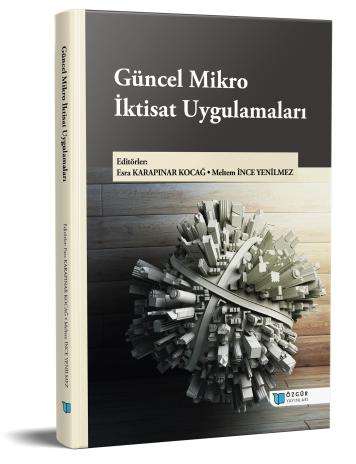
Welfare Economics from Migration Perspective at the Micro Level
Chapter from the book:
Karapınar Kocağ,
E.
&
İnce Yenilmez,
M.
(eds.)
2024.
Contemporary Microeconomics Applications.
Synopsis
This chapter delves into the intricate relationship between welfare economics and migration, viewed through a microeconomic lens. It begins by exploring foundational concepts in welfare economics, emphasizing the importance of individual and household-level analysis. The discussion then shifts to the micro-level drivers of migration, highlighting the economic, social, and psychological factors that influence individual and household decisions to migrate.
The core of the chapter examines the economic effects of migration on migrants, including changes in income, employment, and human capital. It also assesses the impact of migration on both sending and receiving households, focusing on remittances, social integration, and economic adaptation. The analysis extends to the role of welfare state interventions, exploring how access to public services and social welfare policies shape the well-being of migrant households.
Behavioural economics is incorporated to understand the decision-making processes of migrants concerning welfare and social benefits, with particular attention to the incentives and disincentives they encounter. The chapter also includes case studies and quantitative analyses, providing empirical insights into the welfare outcomes of migrants at the micro level.
Finally, the chapter concludes with a summary of key findings and offers targeted policy recommendations aimed at enhancing welfare outcomes for migrant individuals and households. It also suggests avenues for future research, underscoring the need for continued micro-level analysis in understanding the complex interplay between migration and welfare economics.

